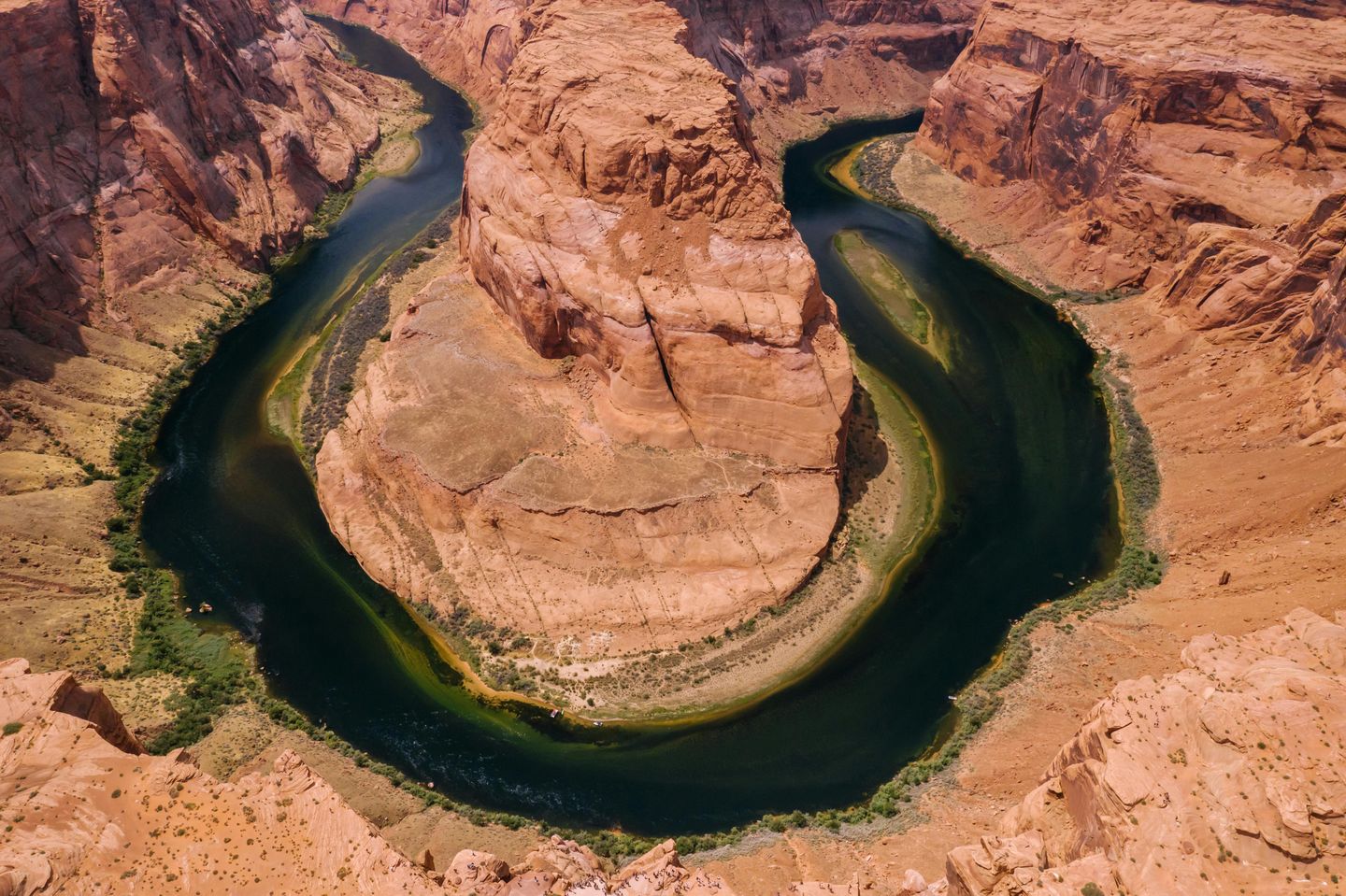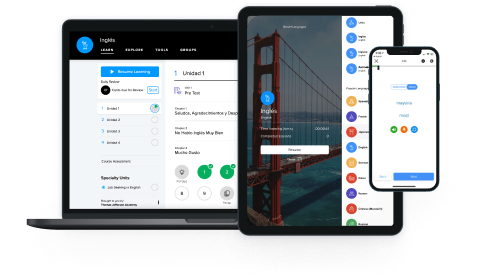
Study Resource: Collective nouns for animals
The following are collective nouns used for groups of animals of different types:
Collective nouns that can be used for any group of made from the right kind of animal:
Collective noun(s)AnimalExampleherd
large grazing animals
a herd of antelope
a herd of deer
a herd of caribou
a herd of buffalo
a herd of cattle
a herd of bison
a herd of elephants
a herd of rhinos
flock
sheep
a flock of sheep
birds – usually small birds
a flock of sparrows
a flock of crows
murder / mob
crows
a murder of crows
a mob of crows
gaggle
geese
a gaggle of geese
murmuration
starlings
a murmuration of starlings
school
fish
a school of minnows
a school of sharks
pod
dolphins and whales
a pod of dolphins
a pod of killer whales
band, troop
monkeys and apes
a troop of monkeys
a band of gorillas
pride
lions
a pride of lions
pack
dogs (including wild dogs)
a pack of dogs
a pack of wolves
a pack of coyotes
Some lists will include more “poetic” collective nouns for animals (e.g. a zeal of zebras), but these are usually only used in wordplay or poetry.
Collective nouns that describe the shape, size, or behavior of a group of animals. These words are only used for special kinds of groups:
swarm → any large group of small annoying animals move chaotically (often flying animals, but sometimes also small ground animals)
a swarm of bees
a swarm of bats
a swarm of children
a swarm of blackbirds
a swarm of ants
a swarm of rats
cloud→ a group of small, flying animals that looks like a cloud from a distance
a cloud of gnats
a cloud of bats
a cloud of mayflies
kettle / column→ a group of birds or fish that move in a column or spiral
a kettle of vultures
a kettle of hawks
a kettle of sardines→ usually we use school for fish instead
Sometimes we use a word for an animal’s “family” to refer to all of the animals in that “family.”
colony→ used for a group of animals that live together and raise their babies in a large group.
a colony of… ants / bees / bats / penguins / seals / puffins / prairie dogs / meerkats / rats / mice / swallows / …
litter→ used for baby mammals that share a mother.
a litter of… puppies / kittens / bunnies / mice / squirrels / …
brood→ used for a group of baby animals that hatched from eggs at the same time.
a brood of… baby alligators / sparrows / snakes / baby dinosaurs / …
Sometimes we can use a name for an animal’s “house” to refer to all of the animals that live in that “house.” Some of these words are very specific, for example:
bed → an area where shellfish live in the mud, usually oysters or clams. This can also refer to the shellfish that live in a bed.
warren → a warren is the network of tunnels that rabbits build, but can also refer to the rabbits that live in the warren.→ You’ll hear this word a lot if you read the book Watership Down!)
hive → A hive is the house that a group of bees or wasps build, so we only use this to refer to groups of bees and wasps
nest → we use this to refer to a group of snakes that live in the same burrow
